Poorly planned lighting in a large community causes dark spots, safety concerns, and wasted money.
A well-designed solar lighting plan for large communities ensures safety, cost-efficiency, and sustainability—without relying on the power grid.
Solar lighting is more than just going green. For large-scale communities, it offers reliable illumination, easier installation, and long-term cost control. In this guide, I’ll walk you through the key steps to plan and implement it successfully.
Understand the Community’s Lighting Needs?
Installing lights without understanding where and why they’re needed leads to overlighting in some zones and darkness in others.
You must assess lighting priorities, define goals, and get input from people who live and work in the area.
- Identify high-traffic and high-priority zones: streets, intersections, footpaths, parks, playgrounds, transit stops, and public buildings.
- Define lighting objectives: safety, aesthetics, navigation, or 24/7 access.
- Engage stakeholders: conduct surveys, consult with local authorities, and involve engineers or urban planners.
Perform a Site Survey and Feasibility Study?
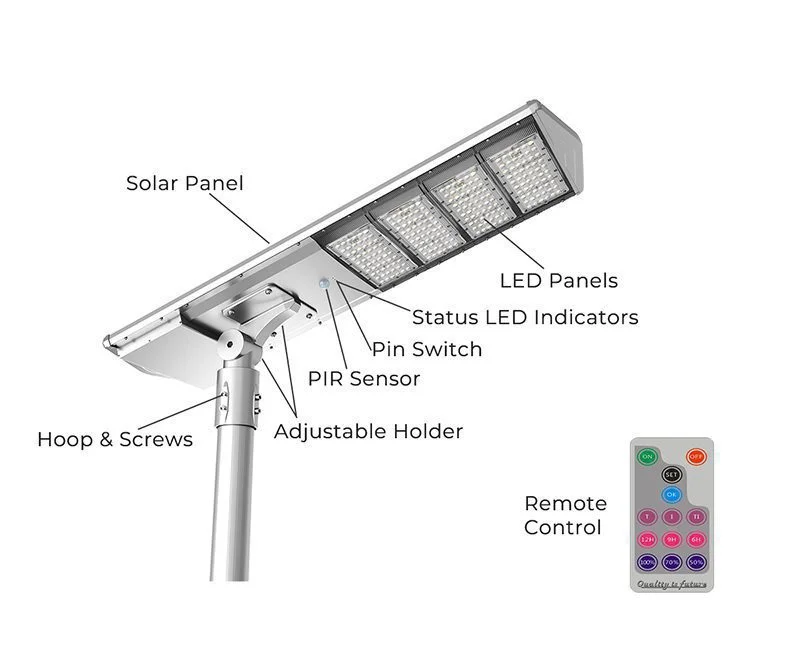
Choosing where to place solar lights isn’t just about space—it’s about sunlight, terrain, and installation access.
A detailed site study ensures lights are installed where they can charge well and function reliably year-round.
- Evaluate solar exposure: Map shade patterns from trees or buildings throughout the day.
- Review terrain and soil type: Plan suitable foundations—especially in soft, rocky, or sloped ground.
- Assess grid availability: In remote zones, use fully off-grid solar. In semi-urban zones, hybrid (solar + grid) might be more reliable.
- Consider installation logistics: Is the site vehicle-accessible? Are there safety or access concerns?
Design the Solar Lighting Layout?
Even good lights won’t help if they’re poorly placed.
Effective layout design ensures uniform coverage, safety, and aesthetics across the entire community.
- Choose appropriate fixtures for each space:
- Streetlights for roads
- Floodlights for public squares or playgrounds
- Pathway lights or bollards for sidewalks
- Calculate pole height and spacing based on lumens, beam angle, and desired coverage. Use lighting simulation tools if possible.
- Avoid dark spots and overlit zones: Use photometric layout planning.
- In low-traffic areas, use motion sensors or dimming to conserve energy at night.
Select Reliable Solar Lighting Components?
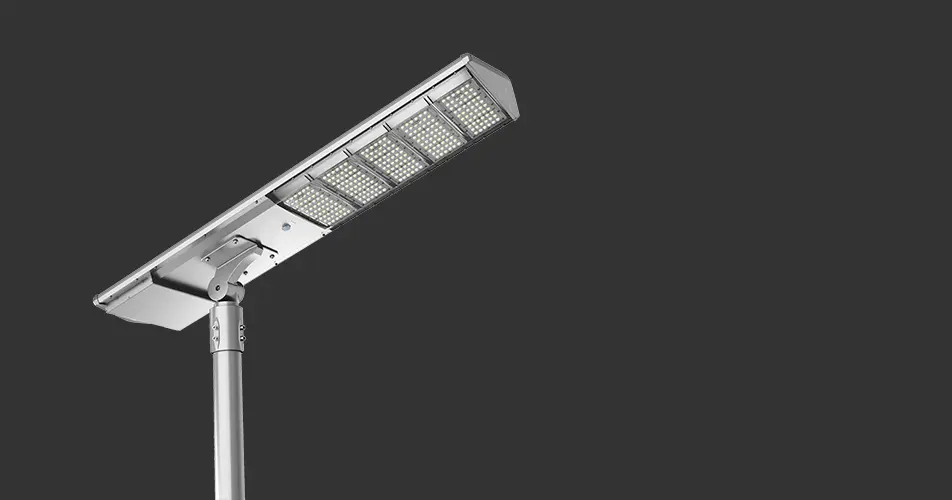
The quality of your solar light system depends entirely on what’s inside it.
For community-scale projects, prioritize reliability, longevity, and performance.
- Solar Panels: Use monocrystalline or high-grade polycrystalline panels with ≥20% efficiency and anti-dust coatings.
- Batteries: Prefer LiFePO₄ or lithium-ion batteries with Battery Management System (BMS) for safety and extended life (2000+ cycles).
- LED Modules: Choose high-lumen-per-watt (≥150 lm/W), wide-beam LEDs with good thermal dissipation.
- Controllers: Use smart MPPT charge controllers with:
- Motion sensing
- Timer functions
- Remote monitoring (LoRa/Wi-Fi/4G)
- Enclosures: Ensure all lights have waterproof (IP65+) and corrosion-resistant housings.
Budget and Long-Term ROI Planning?
Solar lighting saves money long-term—but only if you plan correctly upfront.
Look beyond initial hardware costs—consider installation, lifecycle maintenance, and utility savings.
- Estimate cost per light point, including:
- Poles, fixtures, batteries, and panels
- Concrete base and cabling (if any)
- Labor, tools, and transport
- Calculate total ownership cost over 10–20 years:
- Solar lights save on electricity bills
- Minimal recurring maintenance cost
- No trenching or wiring required
- Explore funding options:
- Government subsidies for renewable energy
- Grants for rural electrification or smart city initiatives
- Carbon offset credits
Implement in Phases, Not All at Once?

Rolling out community lighting in one go is risky and expensive.
A phased approach allows for performance validation, budget control, and user feedback.
- Start with a pilot: Select one or two streets or a key public space to install and monitor performance.
- Analyze results: Battery backup, brightness, motion response, and public feedback.
- Phase by priority: Roll out in zones based on urgency, traffic density, and budget availability.
- Coordinate teams: Ensure local installers, utility departments, and suppliers work together on scheduling and inspections.
Plan for Maintenance and Monitoring?
Even solar lights need upkeep. Without a plan, failure rates go up fast.
Maintenance planning keeps systems running reliably and reduces total cost of ownership.
- Set regular inspection schedules: Clean panels every 2–3 months, check battery enclosures annually.
- Use remote monitoring platforms for smart lights: track energy production, battery status, and device health from a central dashboard.
- Replace components as needed:
- Batteries every 5–7 years
- LED modules every 8–10 years
- Controllers or sensors every 4–6 years
Avoid These Common Mistakes?
Even well-funded projects fail due to basic errors.
Avoid the following pitfalls to protect your investment and earn community trust.
- Placing lights in shaded areas with poor solar exposure
- Using low-wattage fixtures where high lumen output is needed
- Not involving local authorities or community leaders early on
- Choosing the cheapest product instead of the best-value one
- Ignoring future maintenance when designing system layout
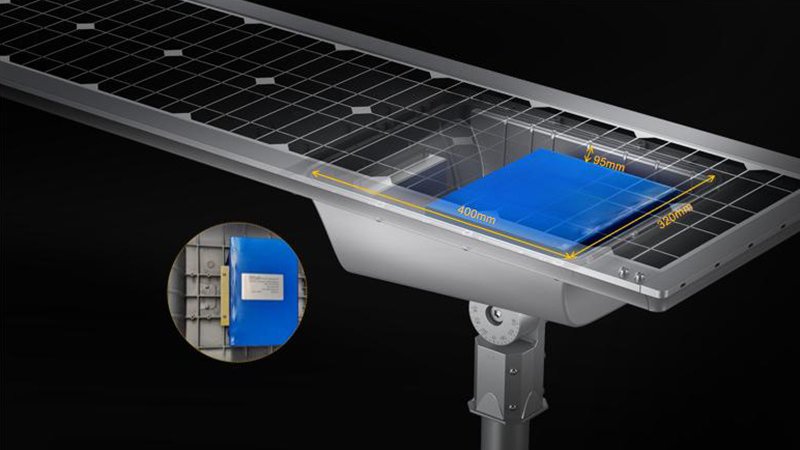
FAQs About Solar Lighting for Communities
Q: How many solar lights do I need per square kilometer?
A: Depends on density. Urban zones may require 70–150 light points/km²; rural zones fewer.
Q: How long before solar street lights pay for themselves?
A: ROI usually takes 3–7 years, depending on energy rates and lighting hours.
Q: Do solar lights work in cloudy or rainy regions?
A: Yes, with larger panels, efficient MPPT controllers, and high-capacity batteries.
Q: Are hybrid systems better than solar-only?
A: In some zones—yes. Hybrid lights offer backup power from the grid during long cloudy periods.
Conclusion
Lighting a large community with solar energy is a long-term investment in safety, sustainability, and savings.
Start with a needs assessment, design your layout wisely, use quality components, and deploy in phases. With smart planning, solar lighting becomes not just practical—but transformational.



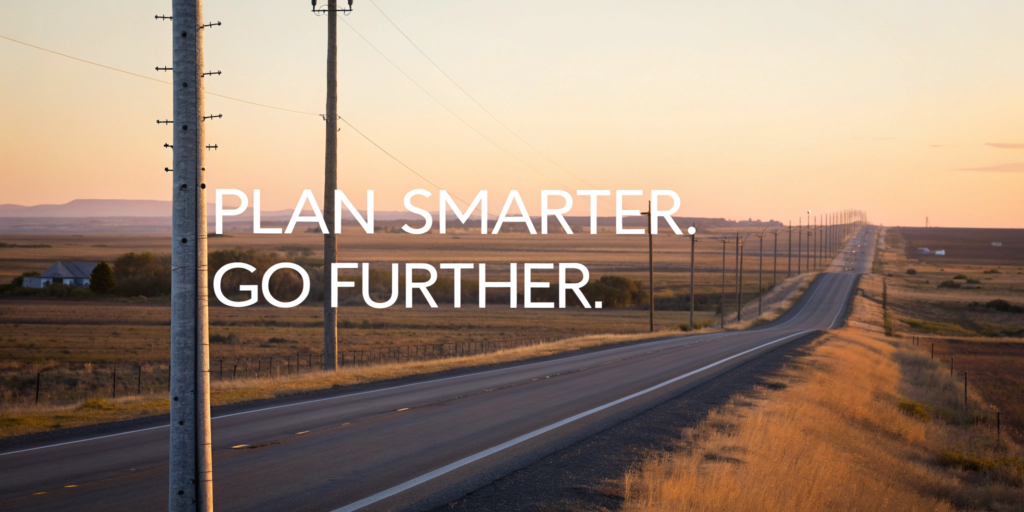

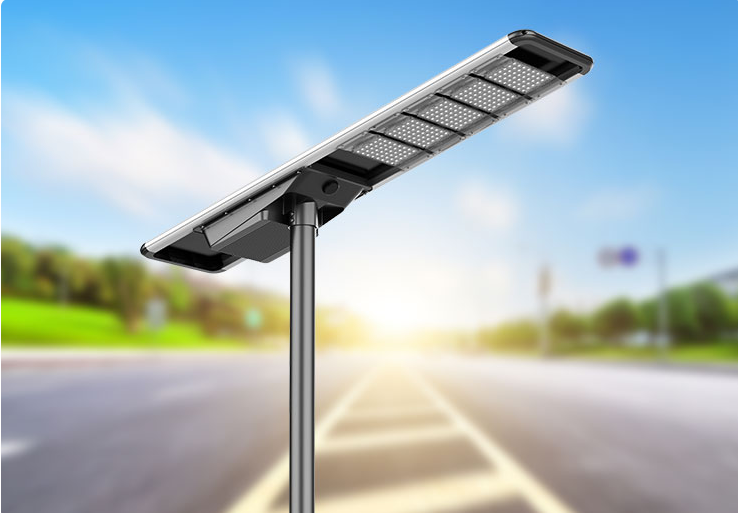
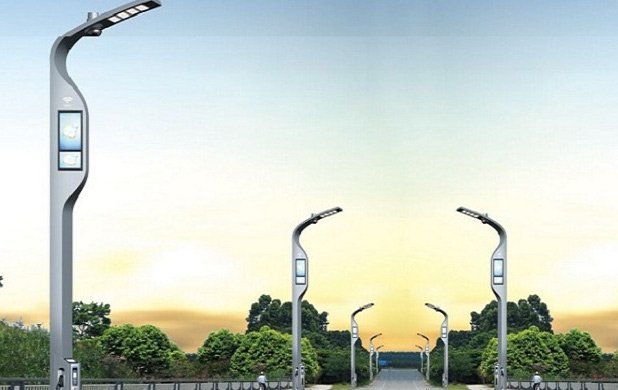

One Response